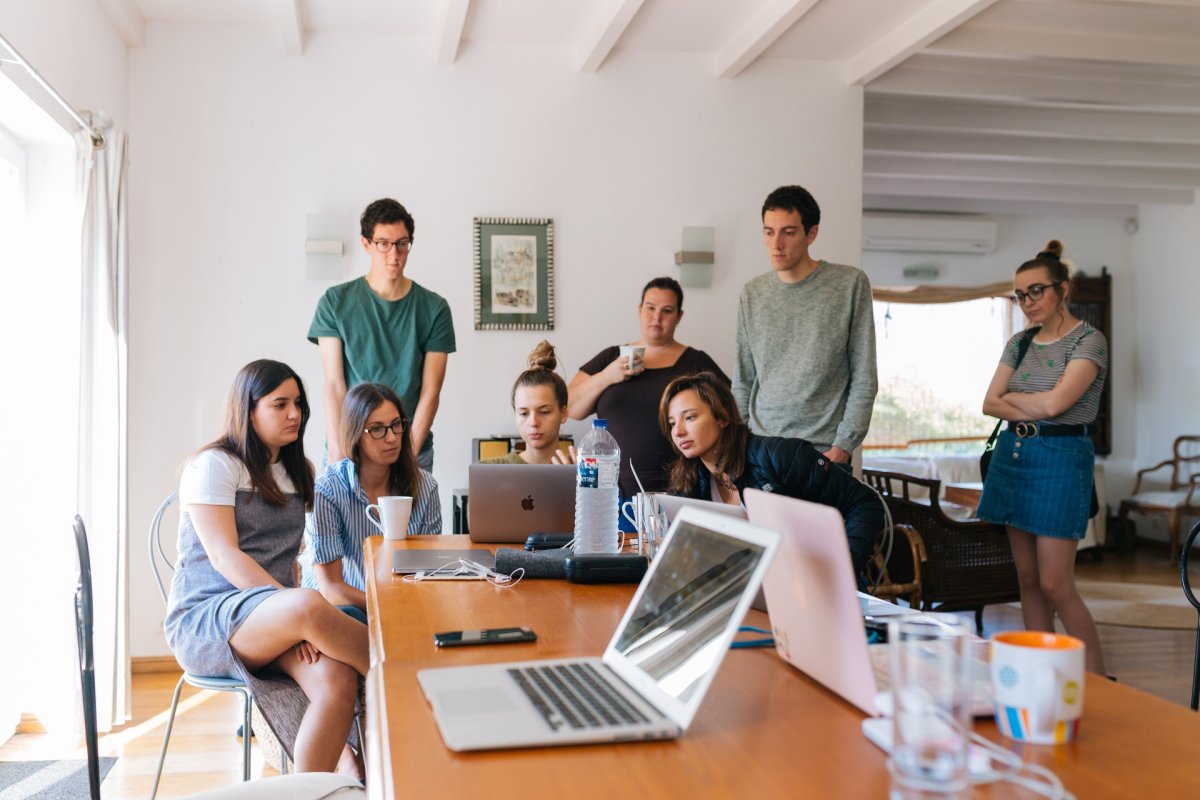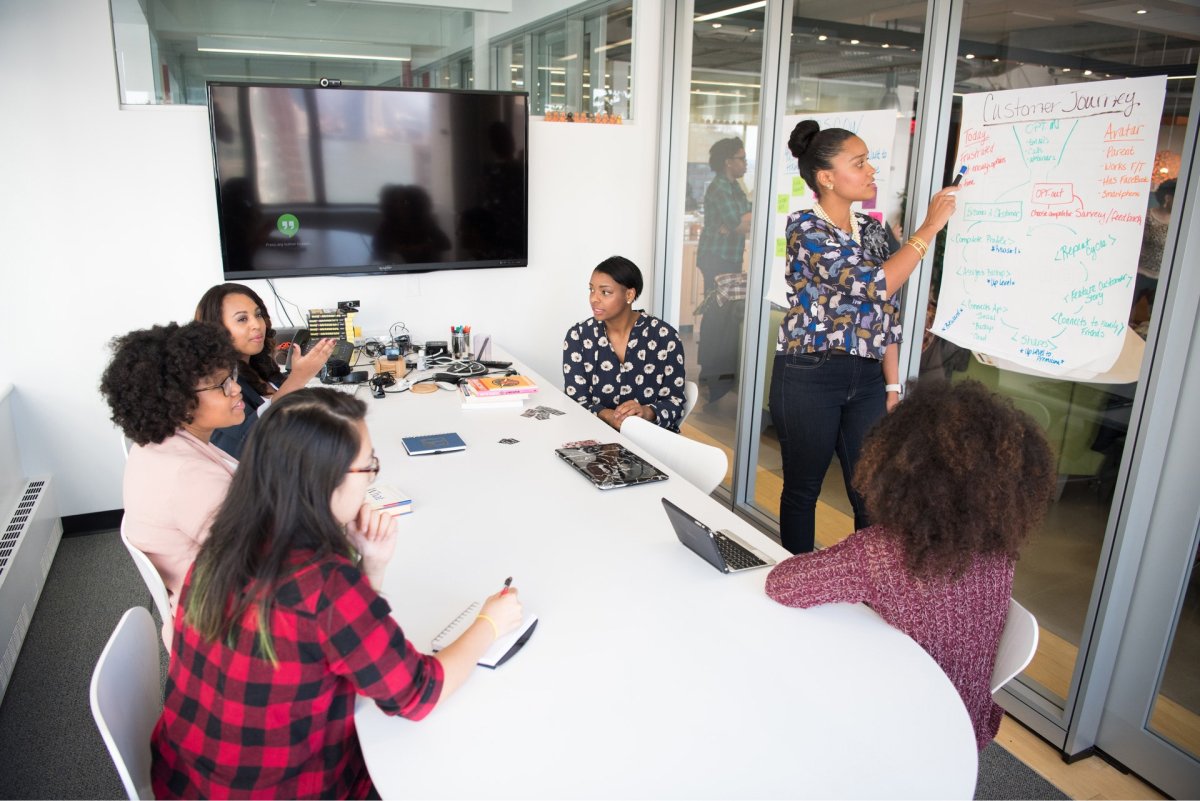Design moves at breakneck speed, with competitors on your heels and investors pushing you to do more, faster. That means that design productivity hacks are a must to keep up and get ahead. To get to the bottom of the best design hacks, we tapped into insights from designers near and far to gain an understanding of how they accomplish so much each day.
We asked three key questions:
- What tips do you have for designers that want to do better design in less time?
- What are the merits of slow design?
- What would designers create if they had unlimited time?
Read on to learn more about our findings.
Know Where You Need to Go Before You Take Off Running
It really is a shame when hard work goes to waste, but that can easily be avoided when all project specs are known before design work starts. That way designers can manage expectations and speak up about any misalignments before they start to impact the final product.
Tibor Tovt, Creative Director at The Digital Panda, said it best. He simply advises designers that want to produce better designs in less time to “Make sure to define the right problem before starting to look for solutions.” When everyone involved in a product has given their input and bought into the project’s goals, work can commence. After this sync, there will be a common understanding of what is driving the design project and what obstacles are in the way. Team members might have to make compromises on how the project will be accomplished, but, overall, having this alignment upfront will save hours of time.

Don’t Reinvent the Wheel
Not all design has to be created from scratch. All of your work should be original and created ethically, but there are some shortcuts that are worth tapping into. Sam Orchard, Creative Director, Edge of the Web, believes that design patterns are an invaluable resource for designers looking to save time. In addition, you might look for stock images, ready-made icons, or even design templates to give you a solid place to start. Design is never created in a vacuum. Finding inspiration from other designers and utilizing tools that expedite creation are not only out there, but the world’s best designers are already making use of them.
Think about automation in general in the technology world. You wouldn’t mail a letter to a team member working remote from the other side of the world. You would email or Slack them to get in touch faster. Similarly, using prototyping tools helps you validate ideas faster instead of spending hours sketching something out that your engineering team ultimately deems unfeasible. There are countless software options out there for designers, and trying a few out will help you on your way to learning which ones work best for you and your team.
Get Feedback Early and Often
Design shouldn’t operate in a silo. Even when the team has already come to a consensus on the goal and approach to the project, milestone check-ins are a must. Because when you are connected with your team and other stakeholders, you can course-correct quickly if the project has gone off the rails. The last thing you want is to work tirelessly on a project with a short timeline and produce an end product that doesn’t meet the needs of those with final approval power.
Find What Works Best for You
One design hack that comes from a long tenure in design is knowing your preferences. Do you work better in the early morning or late at night? Does stepping out to work from a cafe in the afternoons provide you the change of scenery needed to do your best work? The best design hack of them all is learning what works best for you as an individual. That could mean trying a few of these hacks out or even getting inspired by this list and coming up with your tactics to try out. Once you know what works best for you, make this clear to your team so that you can do your best work.
Practice Slow Design When You Can
While being a hyper-productive designer is great most of the time, it is also important to know when to slow down the design process. After all, when was the last time you were brainstorming and came up with a single excellent idea that worked perfectly for the project at hand, and you saw it all the way through execution? I would bet your answer is “never.”

Graphic Design Specialist at M3 Group, Cody Fell, is onboard with the concept of slow design. He tells us, “The first idea is rarely the best idea, and when a project is rushed, a designer may not have as much time as they would like to experiment and find the best solution for the design at hand.”
Here at Proto.io, we love our design sprints, but we also love being able to get distance from our work. That way, we can approach it with fresh eyes and consider new points of view to improve our first iteration. However, in order to abide by this design hack, designers must have a project timeline that allows for reflection. Some deadlines are so fast that you are racing against the clock to provide something, without extra time baked in to contemplate if the approach you chose was the best available.
Another positive result of slow design is the quality of work. Fell tells us, “The merits of slow design would mostly be dependability and accuracy….. Also, when anything is rushed, mistakes are inevitable. Having more time allows a designer to slow down and double-check everything or be a bit more particular about structuring everything leading to fewer mistakes.”
The best design doesn’t have to be perfect, but it does have to be of high quality. Having the time to test concepts and try different approaches improves your output significantly.
However, there are also pitfalls of slow design that you must avoid. Sam Orchard admitted, “Time spent designing always eventually becomes a matter of diminishing returns, and you can spend forever tweaking and changing design styles without any real benefit if given unlimited time.”
It is certainly possible to spend too much time of a design project. Knowing when to stop and get distance from a project is crucial and only comes from trial and error. This is where deadlines come in to save the day. You can reconsider and experiment on a project for as long as you like, but a final deadline will ensure that you pick a direction eventually.

Ultimately: Design Needs a Finish Line
We all have projects on our to-do list that have no firm due date. These items get pushed further and further back on our list of priorities, and they might even get pushed all the way off. In design and across businesses, more time does not always equal better results. In fact, we’ve compiled a list of the top design constraints to learn to work around. That’s because design constraints are pervasive and we’d argue—necessary.
Slow design doesn’t mean it will be better, it just gives you more time to reconsider your approach and strategy. Deadlines, on the other hand, force you to focus. If a mobile app redesign draft must be done within a month, there will only be so much time to collect feedback from users and build that into a project plan. This is a positive constraint because it keeps you from considering each and every suggestion users might have. Instead, you can bucket their feedback into common themes and incorporate them in a more efficient way.
Final Thoughts
Becoming a more efficient designer means getting to know your own style. There are plenty of ways to get your team on the same page and move forward with a common goal. But it still takes additional effort to check in often and consider if you have chosen the correct method based on the progress made on the project. While the design industry moves fast and clients often need designs “yesterday,” a more conscious design flow will help you get ahead.
What design hacks are key to your workflow? Let us know by tweeting us @Protoio.
Proto.io lets anyone build mobile app prototypes that feel real. No coding or design skills required. Bring your ideas to life quickly! Sign up for a free 15-day trial of Proto.io today and get started on your next mobile app design.






